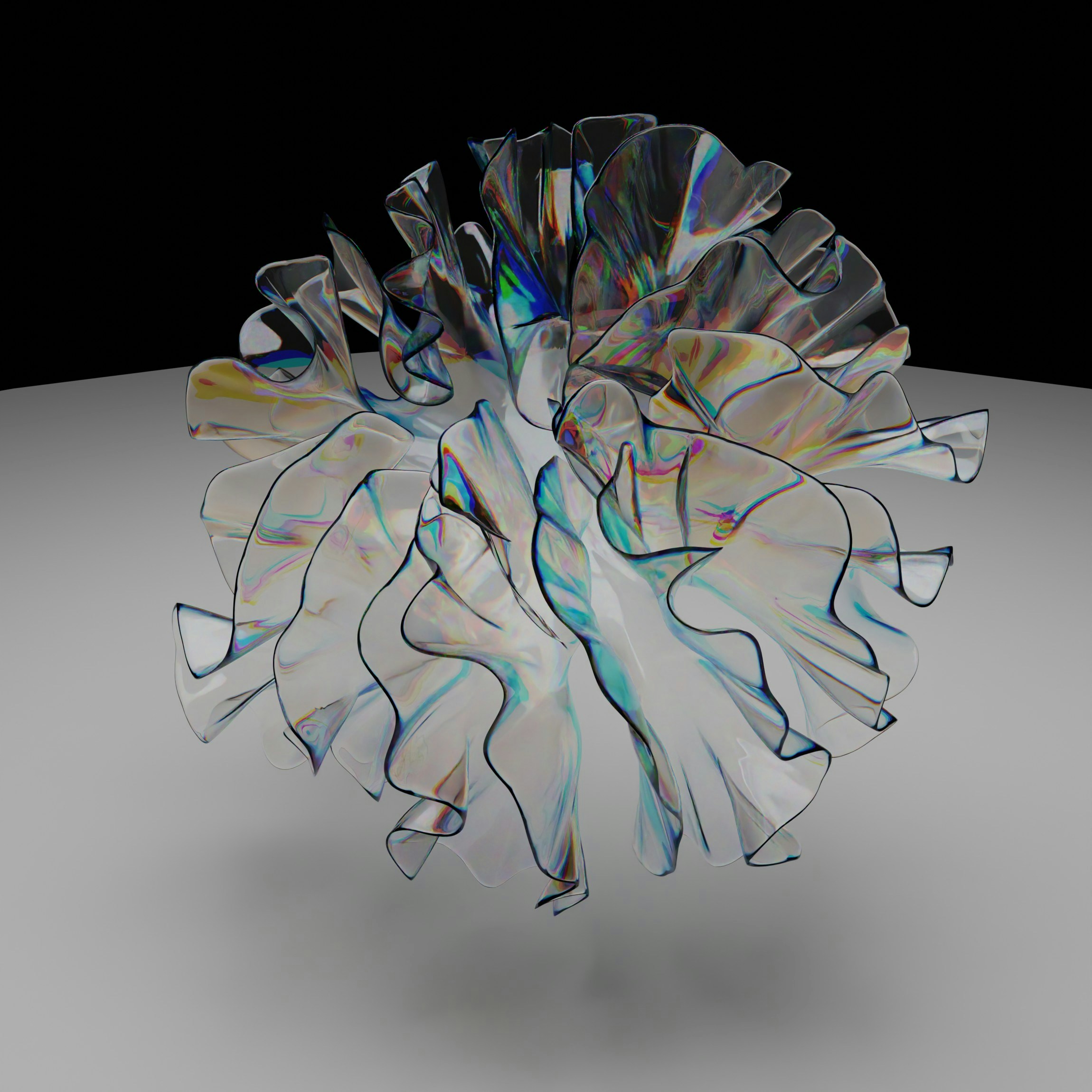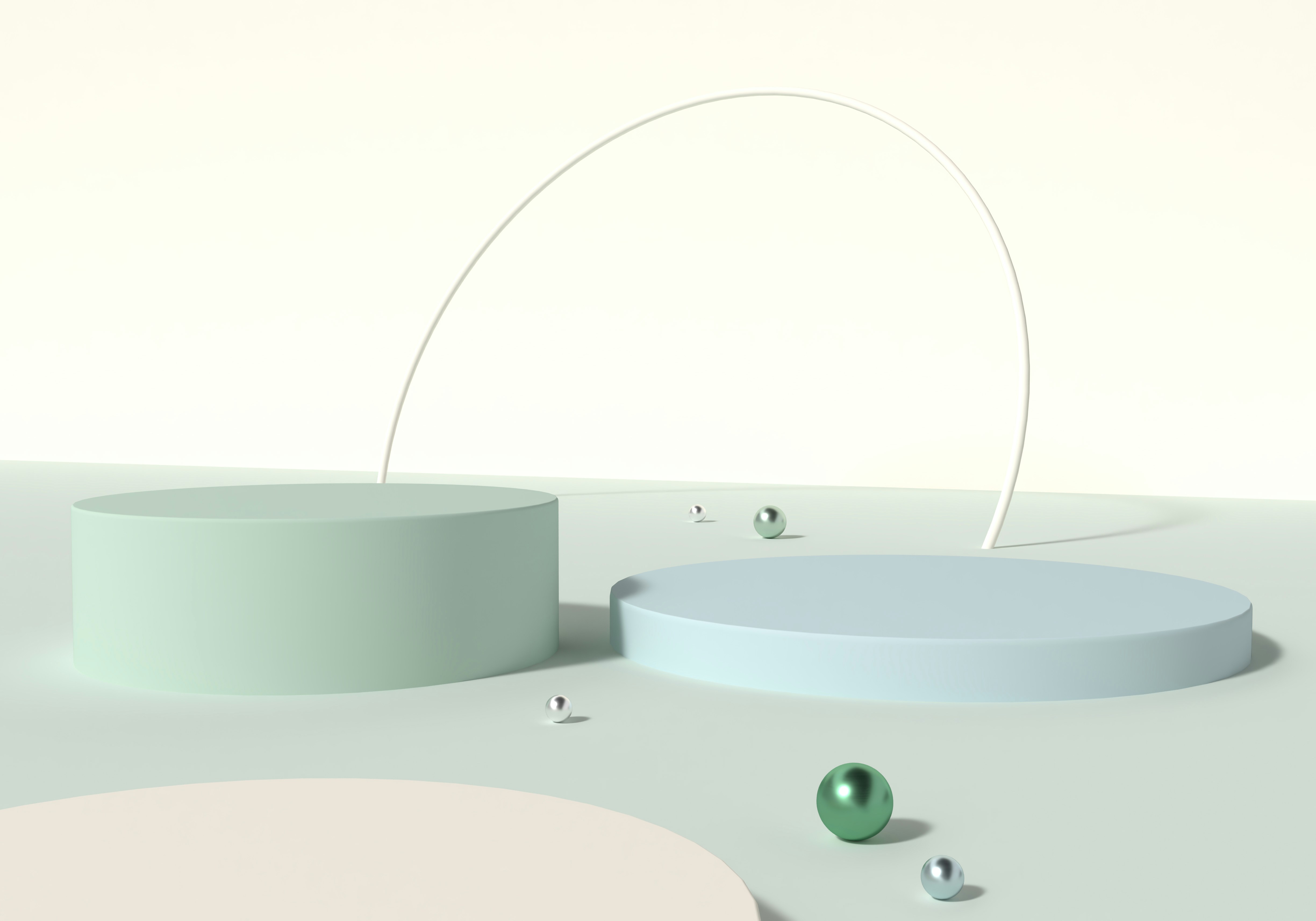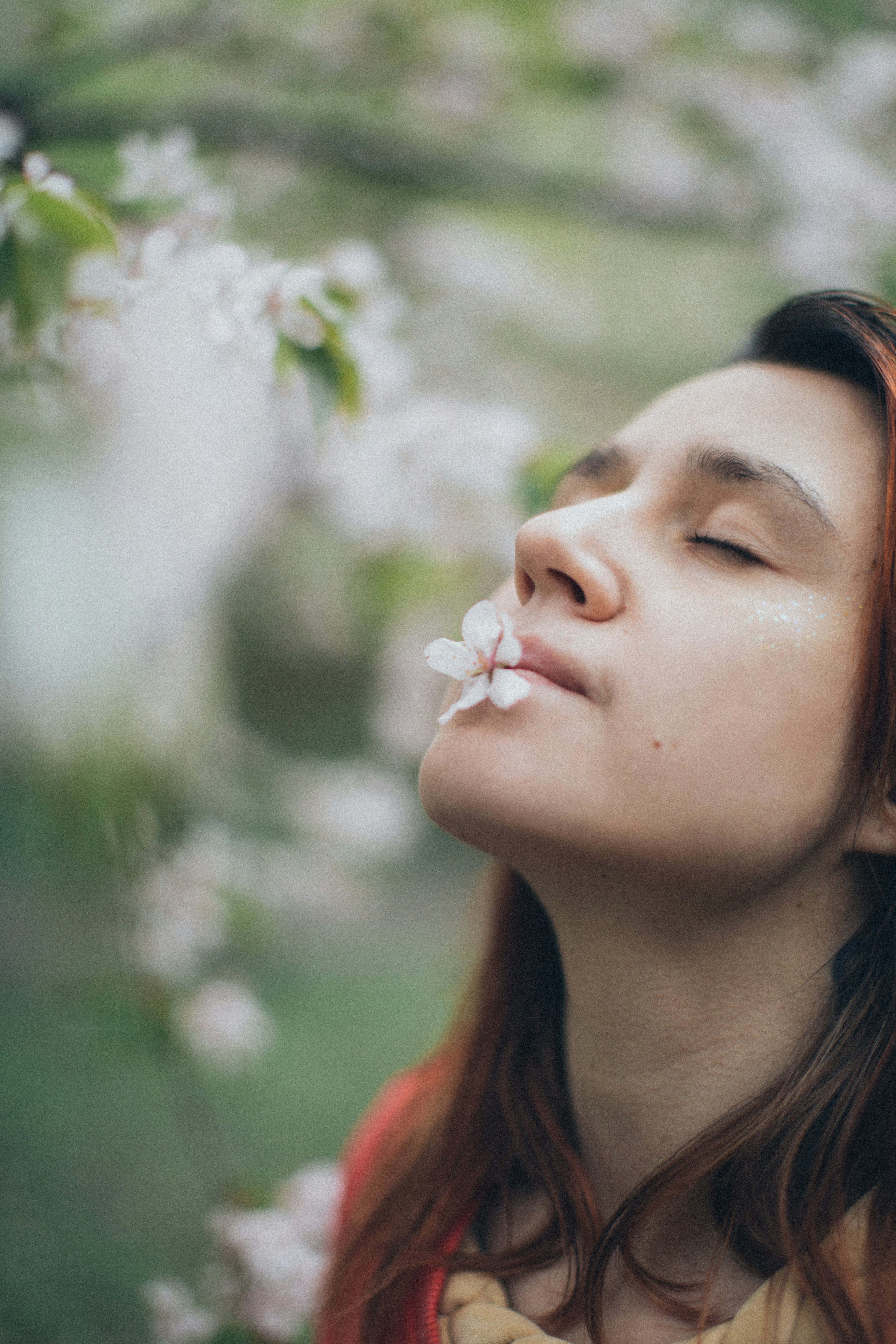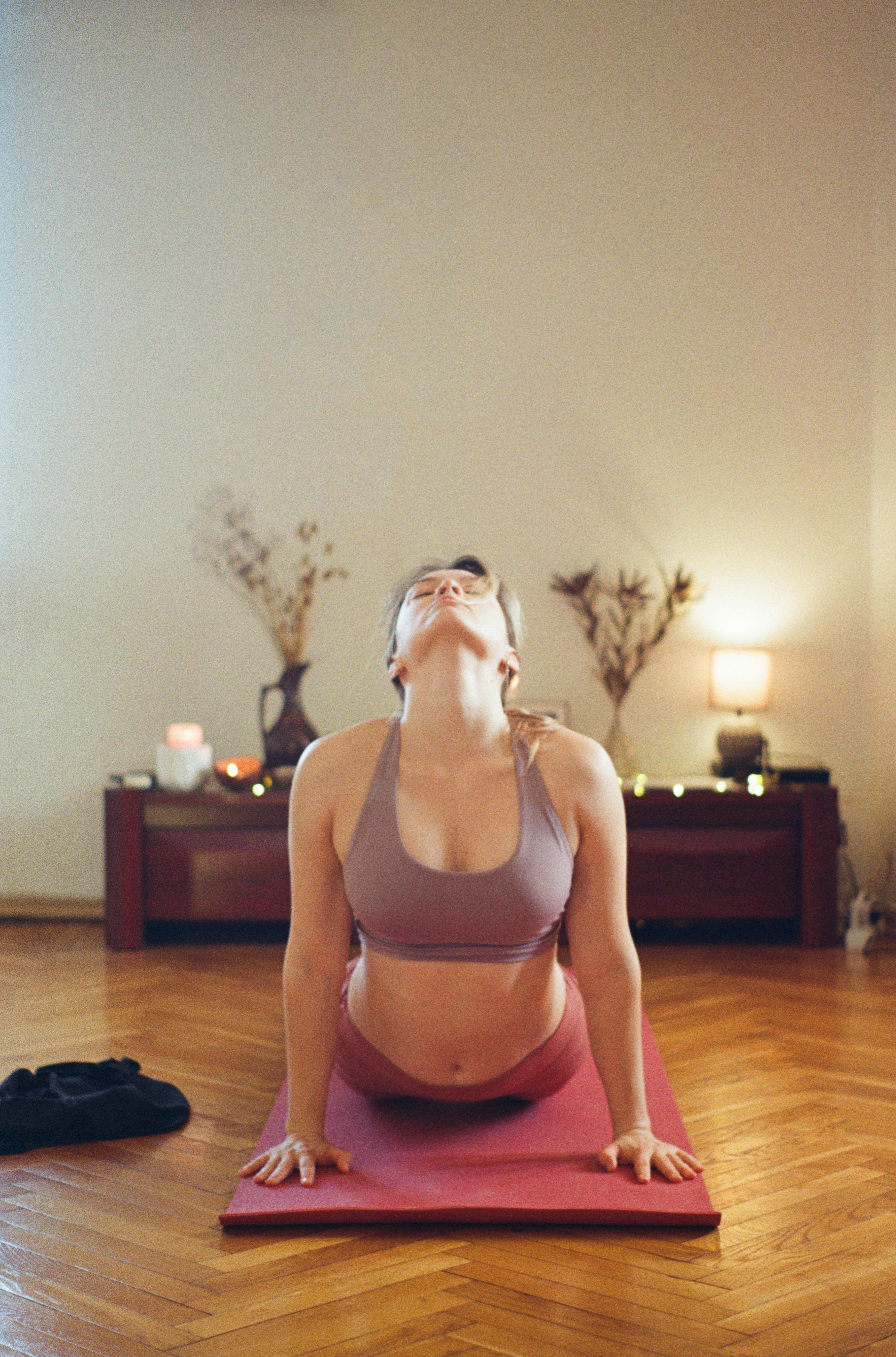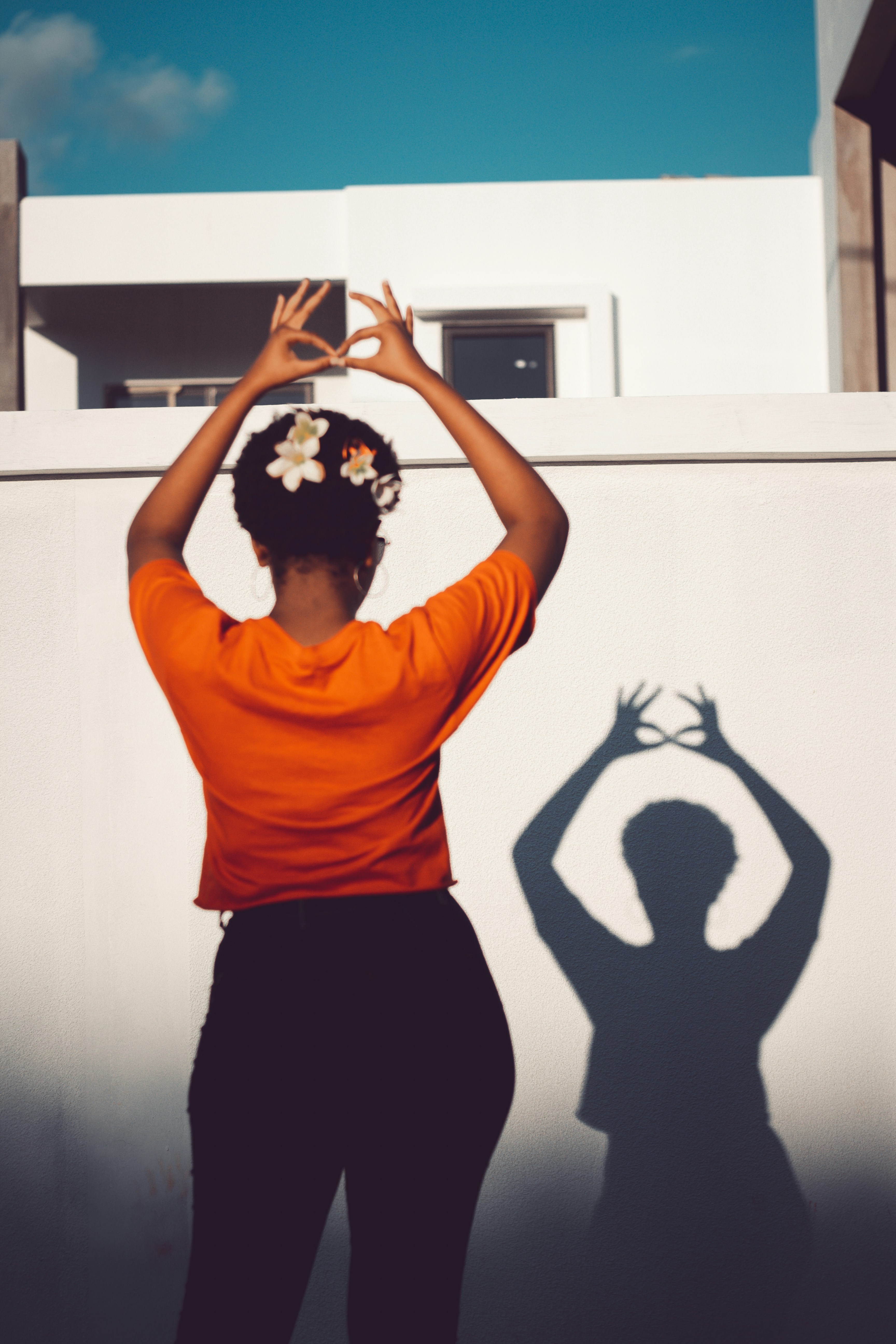The Hidden Language of Breath: Discover Inner Self Through Pranayama
Every breath carries a unique frequency, a hidden language that connects us more intimately with ourselves than we might ever realize. In our fast-paced, often chaotic lives, we overlook the profound power of our breath—a tool capable of unlocking deeper layers of consciousness, emotional resilience, and spiritual peace. How can we harness this power? Through the techniques of pranayama and visualization, we bridge the world of the tangible and the intangible, opening up avenues for effective communication with our inner selves.
In this in-depth exploration of the hidden language of breath, we will delve into the art and science of pranayama and visualization techniques, revealing how they can be your allies on a journey through yoga, meditation, and spiritual wellness.
Understanding Pranayama: The Breath of Life
Pranayama, derived from the Sanskrit words 'prana' (life force) and 'ayama' (control), refers to the regulation of breath aimed at enhancing life force within us. It isn't merely about inhaling and exhaling; it’s about cultivating a relationship with our breath that fosters physical health, mental clarity, and spiritual growth.
Many practitioners who have delved into the realms of yoga and meditation attest to the transformative experiences garnered from dedicated pranayama practice. These techniques, when woven into daily routines, bring heightened awareness, emotional balance, and a profound connection to the present moment.
The Breath and Its Layers
Every breath we take is a finite moment in time, saturated with potential. Recent studies in mind-body research demonstrate how breath control can influence the nervous system, creating a state of relaxation and calm. Just as music has rhythm and tone, our breaths create a soundscape. As we explore methods like Ujjayi (Victorious Breath) and Nadi Shodhana (Alternate Nostril Breathing), we amplify our inner harmony.
For those looking for practical techniques, incorporating visualization exercises alongside pranayama can further enhance the effects. By imagining colors, shapes, or nature when practicing breathing exercises, practitioners can build a sensory experience that transcends mere physicality, inviting emotional and spiritual exploration.
Visualization Techniques: Crystalize Inner Communication
Visualization is more than just a tool in meditation; it acts as a bridge, connecting us to our higher selves, tapping into creativity, intuition, and even healing. When combined with pranayama, visualization can unlock deeper dimensions of consciousness. Imagine, for example, inhaling tranquility as a vivid blue light flows into your lungs and exhaling tension as a grey haze dissipates into the universe.
Practical Visualization Techniques
-
The Garden of Breath: Picture a vibrant garden in full bloom with each inhale, bringing vitality and energy into your being. As you exhale, envision the release of negative thoughts into the nourishing earth, creating space for new growth.
-
Color Breathing: Assign a specific color to different breathing techniques. For instance, inhale with the idea of vibrant green, representing healing, and exhale with burnt orange, releasing stress and anxiety. Each color evokes unique emotions which can reinforce our intention in the practice.
-
Sankalpa Visioning: Create a mental image of your desired outcome or intention. Each time you breathe in, draw nearer to this vision, and as you exhale, release fears or limitations holding you back from achieving it.
By mastering visualization alongside pranayama, you establish a holistic practice that nurtures both mind and spirit. You may find yourself exploring deeper themes of acceptance, forgiveness, and connection as you dive into this enchanting realm of self-discovery.
Breathing Techniques for Emotional Resilience
In today's world, emotional challenges can feel overwhelming, but the practice of pranayama offers tangible strategies for emotional regulation. Techniques like box breathing—inhaling for four counts, holding for four, exhaling for four, and pausing for four—can create a comforting structure during moments of distress.
Moreover, diaphragmatic breathing encourages deeper lung capacity and oxygen intake, supporting feelings of relaxation and centeredness. These breathing exercises can be easily integrated into daily routines, even in the most hectic surroundings.
That's where understanding the emotional intelligence of breath becomes vital. As stated in a Harvard study, effective emotional regulation correlates with the ability to self-soothe—an inherent skill we can cultivate through breathwork.
Significance of Emotional Awareness
Listening to our bodies and acknowledging our emotions can be intimidating. Our breath is a sensitive barometer, reflecting our emotional state. Engagement in breathwork practices can help us navigate our feelings with curiosity instead of fear, paving the way for a more profound understanding of self.
Harmonizing Breath and Movement
Integrating breathwork with yoga takes emotional resilience to another level. Poses like Child’s Pose or Savasana allow for a harmony between breath and body, enhancing our ability to release pent-up emotions. The act of ‘feeling’ your body while being conscious of your breath can enable a healing experience—it is where true transformation occurs.
Spiritual Wellness: The Role of Breath in the Journey
Spiritual wellness is a multi-faceted journey that encompasses various beliefs and intentions. When we align our breath with our spiritual pursuits, we invite a deeper connection to the universe around us and find our place within it. Breath becomes a living thread weaving individual and universal experiences.
Explorations through spirituality often lead individuals to seek a connection that transcends the mundane. As we focus on pranayama and visualization practices, each breath can be a prayer, a moment of gratitude, and an exploration of the mysteries that ignite our souls.
Implementing Breath in Daily Spiritual Practices
-
Morning Rituals: Start your day with five minutes of conscious breathing, infusing your morning routine with purpose and serenity. You can use these moments to set intentions for the day while aligning with your higher self.
-
Nature Connection: Immerse yourself in nature during deeply mindful breathing sessions. As you breathe in the vitality of your surroundings, visualize merging with the earth’s energy while releasing negative emotions into the soil.
-
Meditation Deep Dive: Use visualization techniques during meditation to explore spiritual imagery and experiences, fostering a deeper connection with your inner self and the universe.
Integrative Practices: Nourishing Body, Mind, and Spirit
Ultimately, the intricacies of pranayama and visualization extend beyond the mat. They speak to the necessity of holistic practices that nourish the body, mind, and spirit. Engaging in harmonious practices such as mindful cooking or sound meditation can further enhance your journey.
Exploring links to natural elements can create a seamless flow in your practice. You might want to explore our article on harnessing play in your yoga practice, or how sonar frequencies can transform your meditation space through nature’s soundscapes.
Incorporating seasonal yoga practices as mentioned in seasonal yoga gives your practice life cycle and a deeper context. You can align your breathing techniques with the ebb and flow of nature, which further cements your relationship with both your inner and outer worlds.
Final Thoughts: The Journey Awaits
Embarking on the journey of discovering the hidden language of breath through pranayama and visualization techniques opens doors to profound self-awareness, emotional intelligence, and spiritual growth. Each technique offers unique insights tailored to individual needs, illuminating the path to deeper connection.
Consider integrating simple breath exercises and visualization techniques into your daily routine, embracing the healing potential of your breath. Whether you breathe life into your meditation practice or explore emotional resilience through breathwork, start where you are, embrace the process, and celebrate every transformative moment along your journey.
The commitment to connect with your inner self is truly the first step toward a holistic life of wellness and fulfillment.


